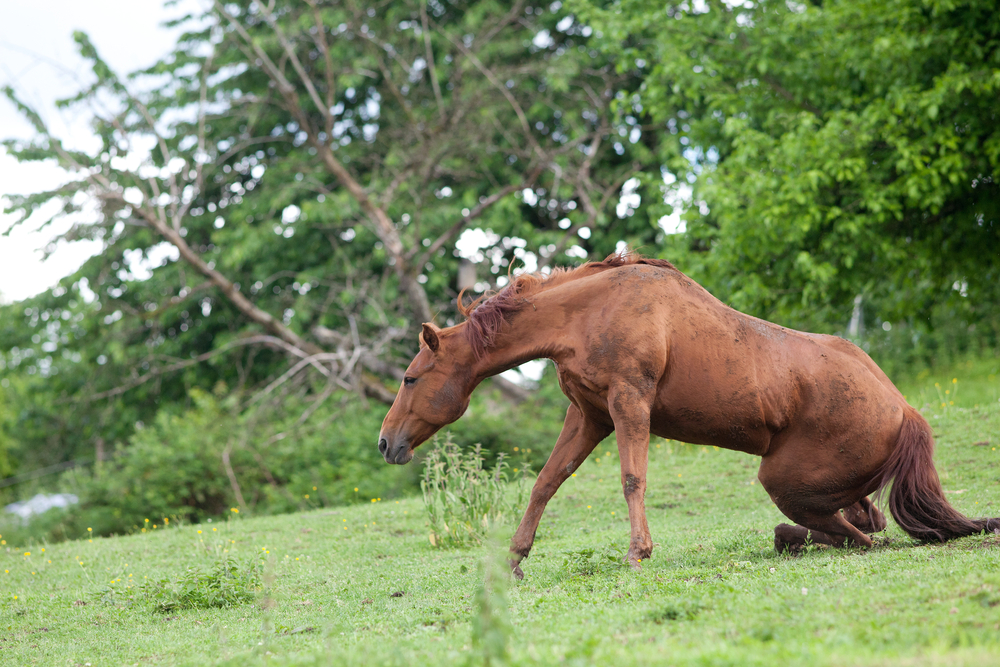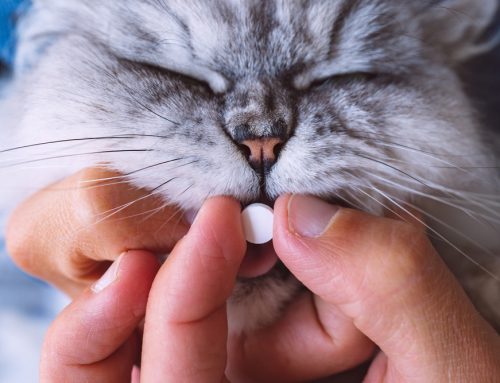If your horse favors a limb, you likely want to know what is causing their gait change. Equine lameness is a multifaceted issue, caused by such factors as musculoskeletal pain, mechanical problems, and neurological conditions, and can significantly affect your horse’s well-being and performance. Our Alpine Animal Hospital team wants to keep your horse as sound as possible, and we offer this comprehensive guide to equine lameness.
Equine lameness basics
Lameness is defined as an abnormality in a horse’s gait or stance, which can be caused by pain, a mechanical problem, or a neurological condition. Most equine lameness is caused by musculoskeletal pain and can vary in severity from barely noticeable to non-weight bearing.
Lameness accounts for the loss of hundreds of millions of dollars annually, representing the greatest losses to the equine industry, and can affect horses of any age, breed, and fitness level. Some issues also can significantly affect a horse’s quality of life and performance.
Equine lameness signs
Lameness signs can range from non-weight bearing on the affected limb to a subtle change in gait that can only be seen with a rider up at the trot. In addition, horses affected by pain in multiple limbs may have a choppy, stilted gait and not appear obviously lame. Signs to look for include:
- Right front limb — If your horse is lame on the right forelimb, they will likely dip their head down when the left forelimb is bearing weight and bob their head up when the right forelimb is bearing weight.
- Left front limb — If your horse is lame on the left forelimb, they will likely dip their head down when the right forelimb is bearing weight and bob their head up when the left forelimb is bearing weight.
- Right hind limb — If your horse is lame on the right hind limb, they will likely hike up their right hip when the right hind limb is bearing weight.
- Left hind limb — If your horse is lame on the left hind limb, they will likely hike up their left hip when the left hind limb is bearing weight.
Horses affected by conditions such as laminitis or navicular disease, which affect both front limbs, may lean back on their hind limbs to lessen pressure on their front feet, exhibiting a sawhorse-like stance.
Equine lameness causes
Numerous conditions can cause your horse to be lame, including:
- Sole bruise
- Foot abscess
- Tendon or ligament injury
- Bone bruise or fracture
- Laminitis
- Navicular disease
- Nerve or muscular injury
- Arthritis
- Joint infection or inflammation
- Lyme disease
- Equine protozoal myeloencephalitis (EPM)
- Rhabdomyolysis (i.e., tying up)
Equine lameness diagnosis
If your horse is lame, our Alpine Hospital team will perform a thorough lameness examination to localize the site and determine the cause. This methodical exam includes:
- History — We will ask you for details about when you first noticed the lameness, if the condition has improved or worsened, and if you know what caused the problem (e.g., you saw your horse get kicked by a pasture mate).
- Standing examination — We will assess your horse from a distance, evaluating their conformation and stance and then palpate every limb and joint, feeling for heat and swelling.
- Exam in motion — We will observe your horse at the walk and trot. We will watch them walk and trot in a straight line as well as on a circle to the right and left.
- Hoof testers — We will use hoof testers to apply pressure to different parts of your horse’s foot to check for pain.
- Flexion tests — We will use flexion tests to place your horse’s joint under stress for about one minute and then trot them off to see if the stress exacerbated their lameness. Each joint will be flexed, starting at the lowest joint and moving upward.
- Nerve and joint blocks — We will use nerve and joint blocks to numb parts of the limb to localize where the pain is coming from. Once the block takes full effect, your horse will be asked to trot to see if their lameness has resolved.
- Imaging — Once the lameness site is localized, X-rays and/or ultrasound will usually be necessary to evaluate the area and make a diagnosis.
Equine lameness treatment
Treatment will depend on what is causing your horse’s lameness. Examples include:
- Draining an abscess — Foot abscesses are extremely painful, and they must be opened and drained to relieve the pressure. Once drained, your horse’s foot will be wrapped in a therapeutic poultice to help resolve the problem.
- Non-steroidal anti-inflammatories (NSAIDs) — NSAIDs are useful to treat many conditions that result in equine lameness.
- Joint supplements — Joint supplements may be recommended if your horse’s lameness is caused by arthritis.
- Joint injections — Joint injections can also be helpful to reduce inflammation and pain in arthritic joints.
- Regenerative therapies — Therapies such as platelet rich plasma (PRP), stem cell treatments, and IRAP can be helpful to treat soft tissue injuries.
- Complementary treatments — Laser therapy and acupuncture are excellent complementary treatments to address many lameness issues.
- Surgery — In some cases, surgery is necessary to correct a lameness problem.
Equine lameness prevention

Equine lameness is common, and while you can’t completely prevent it, you can reduce your horse’s risk by:
- Palpating their limbs and joints daily to check for injuries, swelling, and heat
- Providing regular farrier care to keep their feet trimmed appropriately
- Working them on varying footings to strengthen their musculoskeletal system
- Providing a balanced, nutritional diet
- Maintaining an ideal body condition score to minimize stress on the joints
- Scheduling regular veterinary wellness visits
- Exercising them at their fitness level
If your horse is lame, contact our Alpine Animal Hospital team to schedule an appointment so we can get them back to work as soon as possible.







Leave A Comment